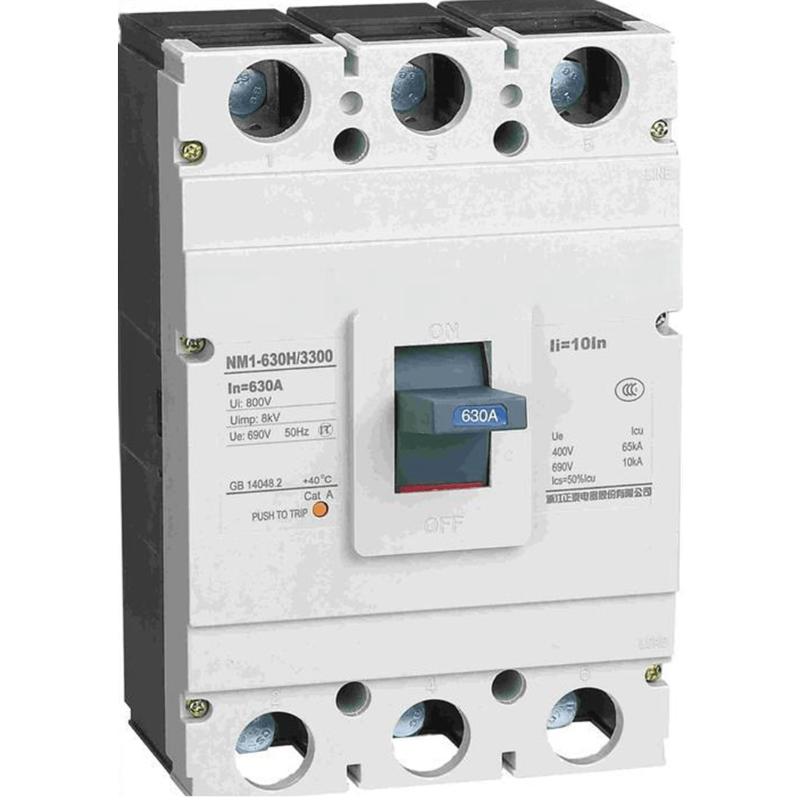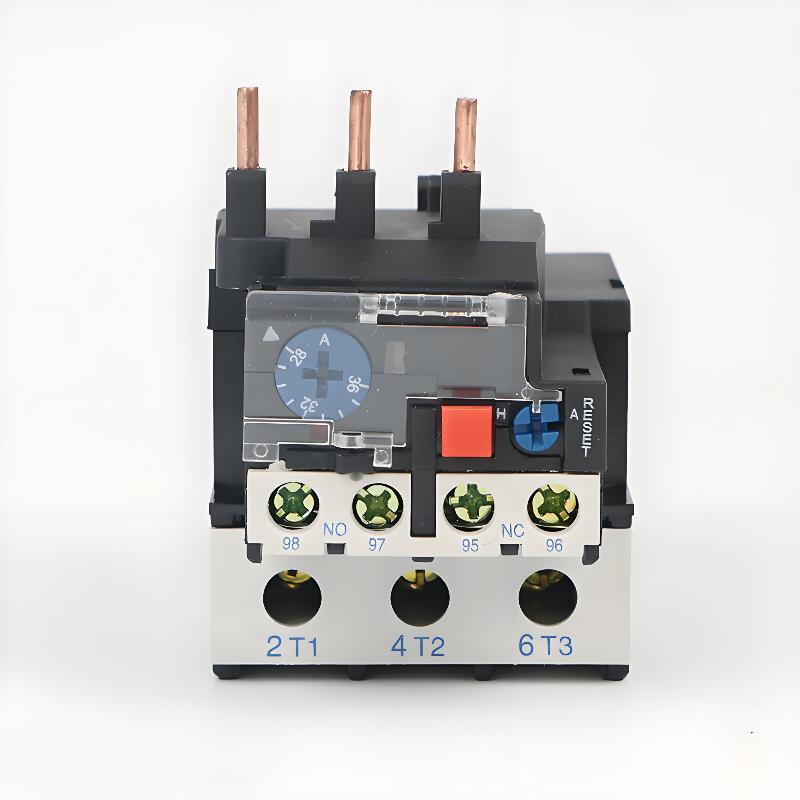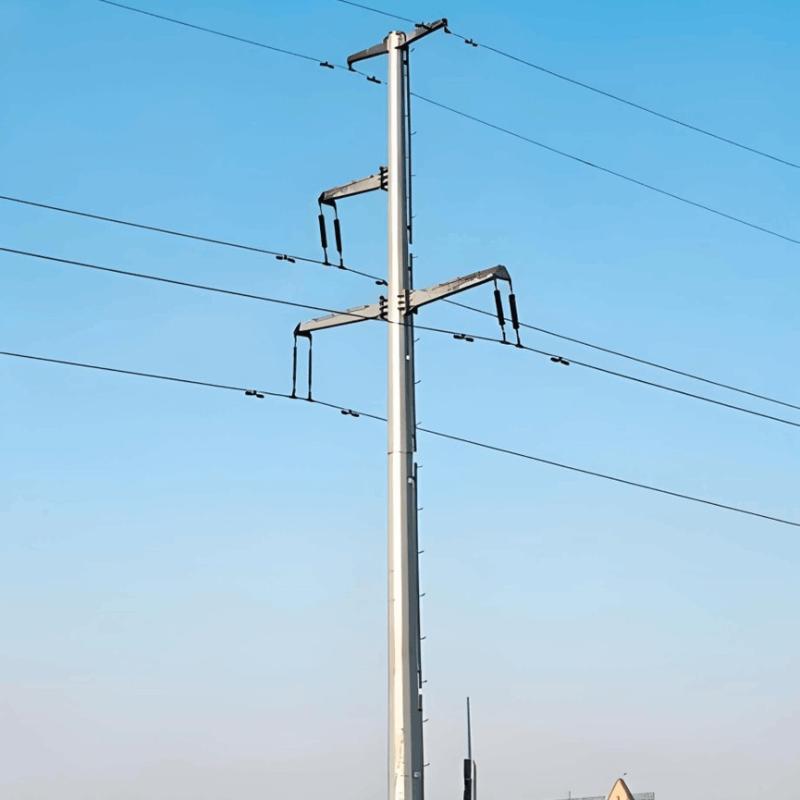- Product
- Suppliers
- Manufacturers
- Solutions
- Free tools
- Knowledges
- Experts
- Communities
Search
-
Libreng gamit
-
IEE Business nagbibigay ng libreng mga kasangkapan na napapagandahan ng AI para sa disenyo ng electrical engineering at pagbubuo ng budget para sa power procurement: ilagay ang iyong mga parameter, i-click ang calculate, at makakuha agad ng resulta para sa transformers, wiring, motors, cost ng power equipment, at iba pa — pinagkakatiwalaan ng mga engineers sa buong mundo
-
-
Suporta
-
IEE-Business suporta solusyon lider ng negosyo at mga eksperto - nagpapakilala ng isang platform kung saan ang imbento at halaga ay magtagpoMatatag na kaalaman sa teknolohiyaSumali at ibahagi ang teknikal na kaalaman para kumita mula sa mga sponsor.Pinagpilian na Solusyon sa NegosyoSumali at lumikha ng mga solusyon sa negosyo upang kumita mula sa mga sponsorMga Nakatayong Indibidwal na DalubhasaIpaglabas ang iyong talento sa mga sponsor kumita ng iyong kinabukasan
-
-
I-download
I-download
-
-
Kuha ang IEE Business ApplicationGumamit ng IEE-Business app para makahanap ng kagamitan makakuha ng solusyon makipag-ugnayan sa mga eksperto at sumama sa industriyal na pakikipagtulungan kahit kailan at saanman buong suporta sa pag-unlad ng iyong mga proyekto at negosyo sa enerhiya
-
-
-
-
Magtrabaho kasama
Kasapi
-
-
Sumali sa IEE Business Partner ProgramPagpapatibay ng Paglago ng Negosyo mula sa mga Teknikal na Kasangkapan hanggang sa Pagsasakatuparan ng Pandaigdigang Negosyo
-
-
-
Filipino
-
- English
- Afrikaans
- العربية
- Azərbaycan dili
- български
- বাংলা
- Català
- Cebuano
- čeština
- Dansk
- Deutsch
- Ελληνικά
- Esperanto
- Español
- Eesti keel
- Euskara
- دری
- فارسی
- suomi
- Filipino
- français
- Gaeilge
- Galego
- Hausa
- עברית
- हिन्दी
- Hrvatski
- magyar nyelv
- հայերեն
- Bahasa Indonesia
- Íslenska
- Italiano
- 日本語
- ქართული
- Қазақ тілі
- ಕನ್ನಡ
- 한국어
- Kurdî
- Latina
- Latviešu valoda
- македонски јазик
- Bahasa Melayu
- Malti
- नेपाली
- Nederlands
- Norsk
- ਪੰਜਾਬੀ
- polski
- پښتو
- Português
- Русский язык
- සිංහල语
- Slovenščina
- српски језик
- Svenska
- Kiswahili
- தமிழ்
- తెలుగు
- ไทย
- Tagalog
- Türkçe
- українська мова
- اردو
- Oʻzbek tili
- Tiếng Việt
-
Matatag na kaalaman sa teknolohiya
Pinagpilian na Solusyon sa Negosyo
Mga Nakatayong Indibidwal na Dalubhasa
-
Filipino
-
- English
- Afrikaans
- العربية
- Azərbaycan dili
- български
- বাংলা
- Català
- Cebuano
- čeština
- Dansk
- Deutsch
- Ελληνικά
- Esperanto
- Español
- Eesti keel
- Euskara
- دری
- فارسی
- suomi
- Filipino
- français
- Gaeilge
- Galego
- Hausa
- עברית
- हिन्दी
- Hrvatski
- magyar nyelv
- հայերեն
- Bahasa Indonesia
- Íslenska
- Italiano
- 日本語
- ქართული
- Қазақ тілі
- ಕನ್ನಡ
- 한국어
- Kurdî
- Latina
- Latviešu valoda
- македонски јазик
- Bahasa Melayu
- Malti
- नेपाली
- Nederlands
- Norsk
- ਪੰਜਾਬੀ
- polski
- پښتو
- Português
- Русский язык
- සිංහල语
- Slovenščina
- српски језик
- Svenska
- Kiswahili
- தமிழ்
- తెలుగు
- ไทย
- Tagalog
- Türkçe
- українська мова
- اردو
- Oʻzbek tili
- Tiếng Việt
-
Mga Libreng Kalkuladora sa Elektrisidad
Matatag na kaalaman sa teknolohiya
Pinagpilian na Solusyon sa Negosyo
Mga Nakatayong Indibidwal na Dalubhasa





























